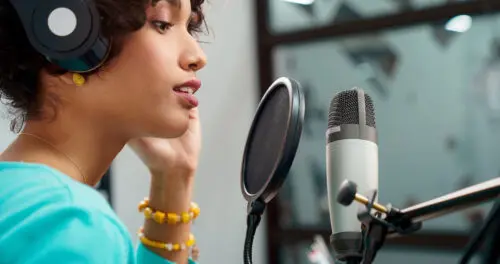It’s something of a truism in audio recording: you get what you pay for — and that applies to both voice actors and the equipment in their recording environments! When you – as a client – book a voice actor for your project on Voice123, however, there are 5 must-haves for a voice actor’s recording environment if you’re expecting a broadcast quality product from that person.
A little bit of background…
When it comes to equipping a home studio these days, voice actors are really spoilt for choice. Naturally, prices still range from reasonable to ridiculous; they always will.
But an environment within which a voice actor can produce broadcast quality results doesn’t have to cost tens of thousands of dollars. It doesn’t have to cost a thousand dollars. That said, if the entire equipment spend totaled three hundred dollars, things could start sounding a little squeaky. And hissy. And echoey. And unusable.
Note that we’re purposely avoiding the word ‘studio’. Why? Because some of our voice actors produce fantastic work without one. Yes, a soundproof booth is wonderful to have and most of our top pros have one – but it’s not a dealbreaker.
Neither is a fancy studio.
We know of voice actors who’ve recorded award-winning national TV voice overs crouched in an hotel-room pillow fort. And no – we won’t tell you who they are…
Nevertheless, there are some bits of recording gear a voice actor cannot do without. As a client, it’s useful to know what they are so you can ask a prospective talent knowledgeable questions.
So here are the 5 must-haves for a voice actor’s recording environment.
The microphone
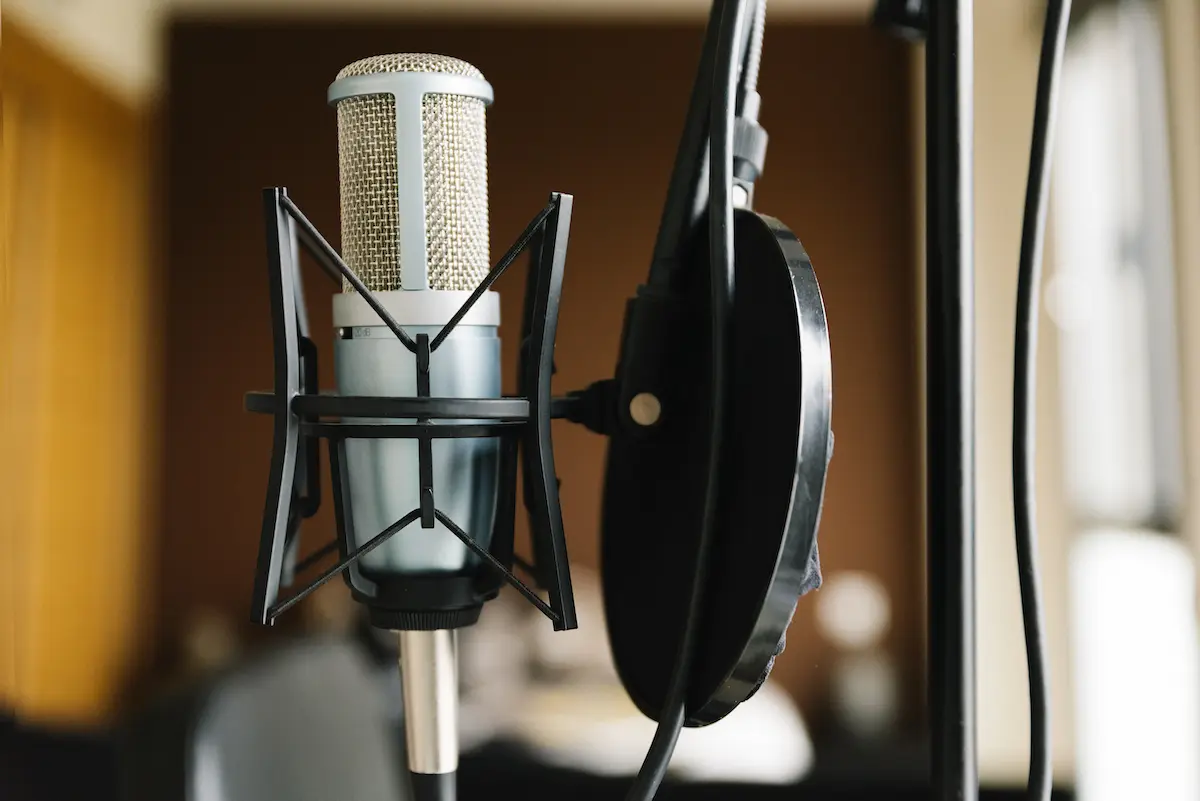
Okay – duh, right?!
Hang on.
We touched on this in the paragraphs above. You get mics and mics and mics. There are mics that cost $10000-00 and up, for example. There are those that cost $300-00. And then there are those that cost $25-00 on Amazon.
If your voice actor is using such a mic, “Houston – we have a problem…“
Find another voice actor.
We know what you’re thinking: how will you know when you don’t actually care what equipment the voice actor is using? After all, you just want a professional recording. Well, have the actor submit an audition reading a section of your script.
You’ll be able to tell instantly how professional the voice actor is.
XLR or USB?
Simply as a matter of interest, if a voice actor uses a USB powered mic, be wary. Always. True pros will use XLR, phantom-powered condenser mics because they’ll inevitably have greater sensitivity and wider dynamic range.
To keep our explanation really short and simple, XLR cables have one purpose only: the transfer of an audio signal as cleanly and directly as possible. USB connectors were designed with a myriad of uses in mind and often contain micro-electronics. More often than not, micro-electronics generate noise and add that noise to the audio signal in the form of white noise and hiss. While more upmarket USB mics are undeniably improving, the $25-specials on Amazon are not.
Why voice actors on a very limited budget will buy a USB mic is because they can plug it directly into a computer. They don’t need an audio interface. More on that below.
As an aside, professionals tend to proudly list the equipment they use on their profiles, so we recommend taking a look and making a mental note of it.
Do we still have your attention? Moving on.
Soundproofing
Some kind of effective sound-damping – if not soundproofing – ranks pretty high on the list of must-haves. Because as good as a mic & voice can sound together, it’s no use competing against sirens, lawnmowers, fire trucks, airplanes, dogs barking, or your neighbors fighting.
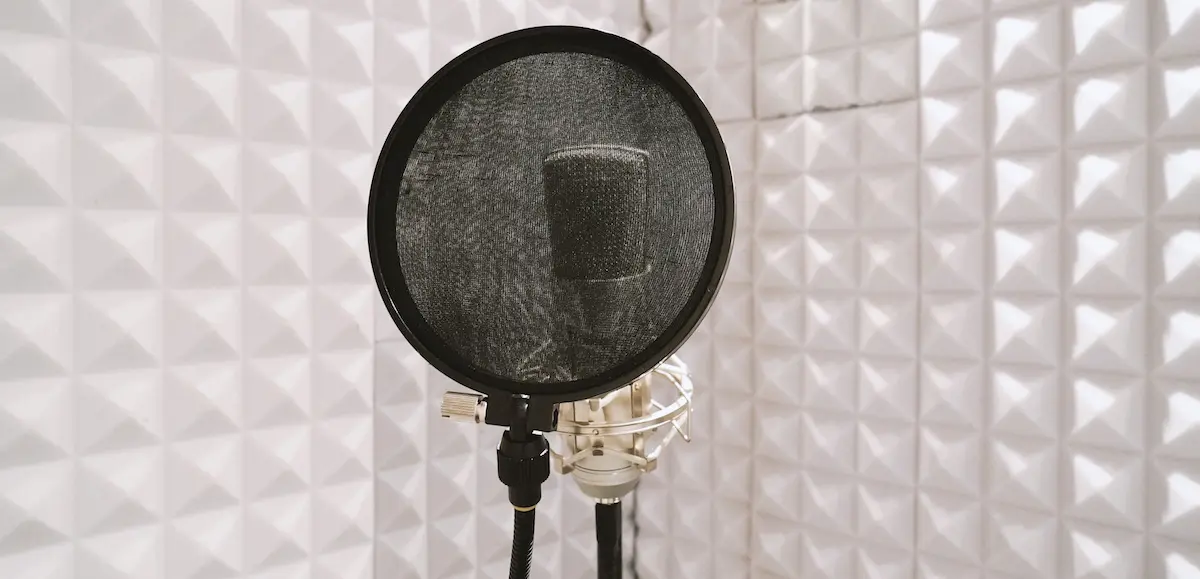
Again, you don’t have to be manically-obsessed with whether the voice actor has a sound booth. Any voice actor on Voice123 worth the name will have erected or have access to a relatively quiet and dedicated recording environment. A lot of voice over careers start in closets; the enclosed space and heaps of clothing absorb unwanted room echo.
Audio interface
Just so you know, an audio interface has the important job of amplifying the mic’s signal. The original signal created by mics is really weak. The preamplifier in the interface has to boost the signal so it’s audible.
An audio interface will also handle the analog-to-digital conversion of the signal. Having a dedicated ADC converter in an interface tends to sound better than the ADC converter built into USB mics. Thus, a dedicated audio interface is another crucial link in the broadcast-quality recording chain.
The DAW
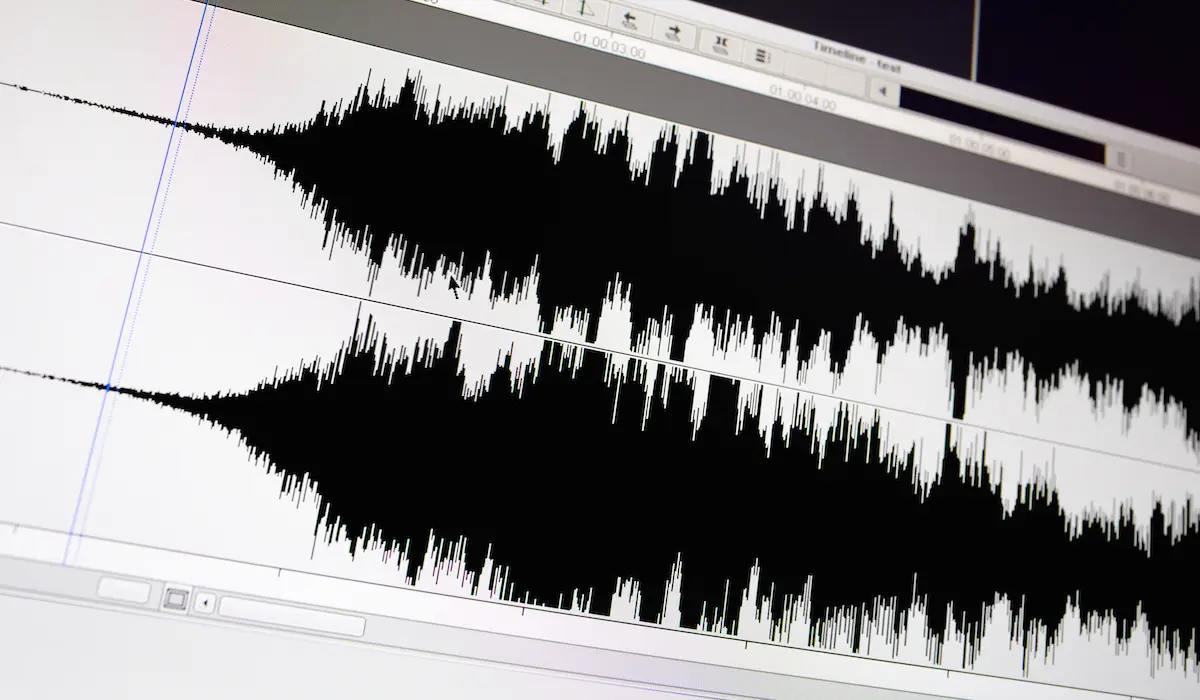
Not all digital audio workstations (DAWs) are created equal. Many voice actors use the open-source Audacity because it’s free. Most pros will either use Pro Tools or Adobe Audition or both due to their being ubiquitous and having all the plugins and editing facilities required to produce broadcast-quality audio.
Headphones
Studio-quality headphones matter. Professional voice actors will always record using them – and hopefully edit their recordings using them as well because headphones allow you to pick up lip-smacks, mouth noises, and other unwanted sounds far better than listening over speakers.
Unlike headsets and earbuds, studio headphones allow voice actors – and you as a client – to hear exactly what’s been recorded. They don’t modify the sound like consumer ‘phones do. To be able to pass judgment on a recording, one needs to hear as true a reflection of what has been recorded as possible, no?
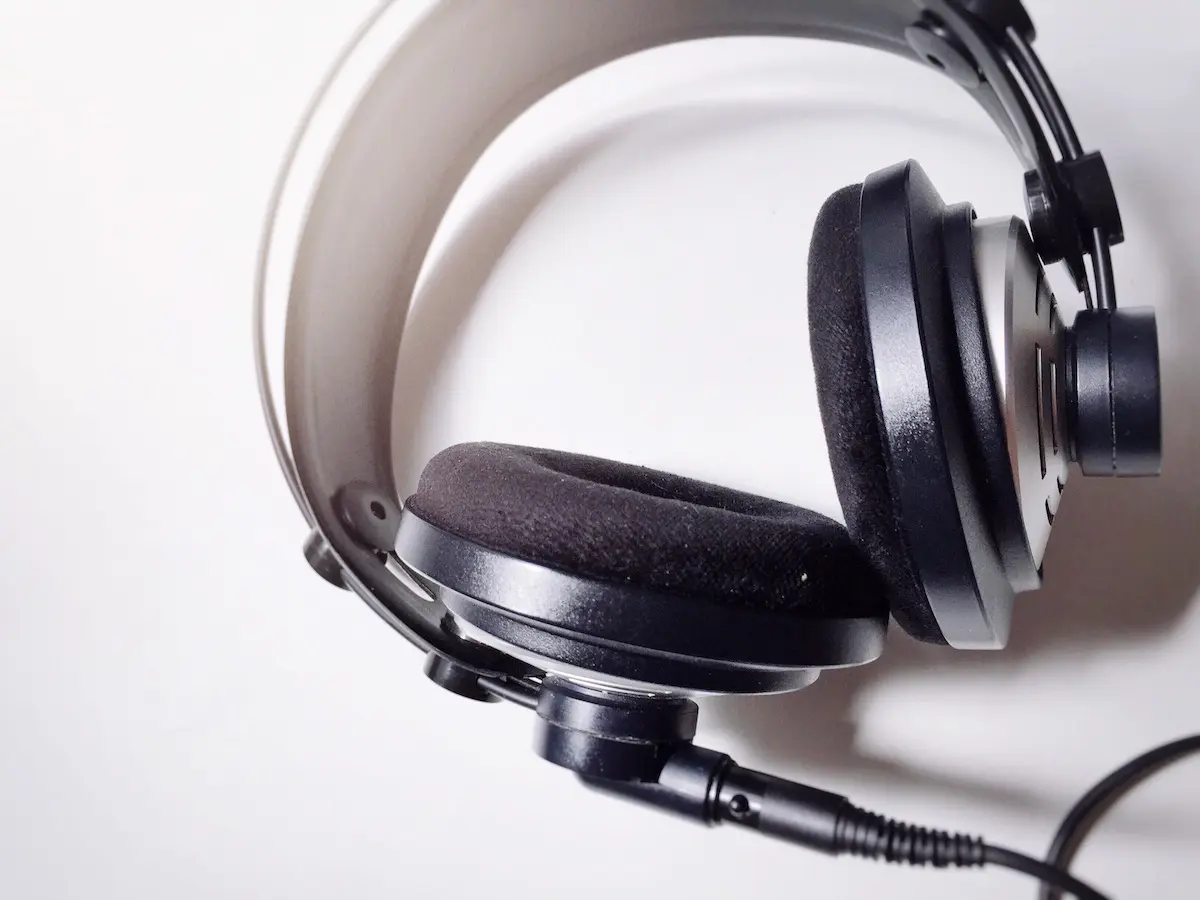
So consider this an invitation: If you don’t yet have a worthwhile set of pro headphones, invest in a decent pair if you intend booking voice actors and listening to their recordings. You’ll be so glad you did…
And that’s it: the 5 must-haves for a voice actor’s recording environment that’ll provide you with a broadcast-quality voice over.
We wish you every success with your next project on Voice123!
